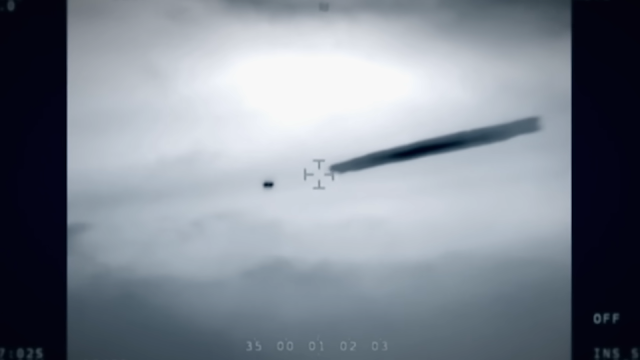For decades, the existence of unidentified aerial phenomena (UAPs), commonly known as UFOs, has been shrouded in mystery and controversy. While governments around the world have traditionally denied or downplayed UAP sightings, a growing body of evidence and eyewitness testimonies suggests that we may not be alone in the universe.
 |
| Youtube - HISTORY |
In the realm of UAP research, Chile stands out as a pioneer. In 1997, the Chilean government established the Committee for the Study of Anomalous Aerial Phenomena, tasked with investigating UAP reports from civilians, military personnel, and commercial pilots. One particularly compelling case is that of a 2014 incident involving Chilean naval officers who captured video of a UAP while flying along the coast of Santiago.
 |
| Youtube - HISTORY |
Ancient astronaut theorists (AAT) posit that the openness of South American countries to the UAP phenomenon stems from their rich cultural heritage, which is deeply intertwined with tales of extraterrestrial visitations. This cultural resonance is evident in Peru and Bolivia, where pre-Inca and Inca civilizations spoke of "beings of light" descending from the skies.
 |
| Youtube - HISTORY |
The narrative of UAPs is not confined to South America. In a significant shift, Japan, a nation traditionally skeptical of UFOs, has begun to acknowledge and investigate UAP encounters. This change may have been spurred by a meeting between Japan's Defense Minister and his US counterpart, where UAPs were reportedly discussed.
 |
| Youtube - HISTORY |
One of the most intriguing UAP cases involving Japan is that of Japan Airlines Flight 1628. In 1986, while en route to Tokyo, the aircraft encountered strange, maneuvering lights that paced the plane and were later confirmed by air traffic control and NORAD. The pilot, Captain Kenju Terauchi, an experienced aviator, described the objects as "gigantic spaceships" and reported feeling immense fear.
Despite the compelling nature of Captain Terauchi's account, he was removed from flight duty for speaking out about the incident, raising suspicions of a potential government cover-up. This is not an isolated case. Many pilots, fearing ridicule and career repercussions, remain silent about their UAP encounters.
 |
| Youtube - HISTORY |
The Alaska Triangle, a region notorious for strange phenomena, has long been a hotspot for UAP sightings. Mount Hayes, one of Alaska's tallest peaks, is a particularly active area. Declassified documents reveal that Mount Hayes was a key focus of Project Stargate, a controversial CIA program that employed remote viewing to gather intelligence.
One remote viewer, Pat Price, claimed to have seen an alien base and strange humanoids working alongside military personnel beneath Mount Hayes. However, Price's sudden and suspicious death casts a shadow over the investigation, further fueling speculation about government involvement and potential cover-ups.
 |
| Youtube - HISTORY |
The mounting evidence of UAP sightings, from pilot testimonies to declassified documents, challenges our conventional understanding of the universe. Whether these objects represent extraterrestrial visitations or some form of advanced, undisclosed technology remains a mystery. As the stigma surrounding UAP sightings lessens and governments become more transparent, we may finally get closer to unraveling the enigma of UFOs.

